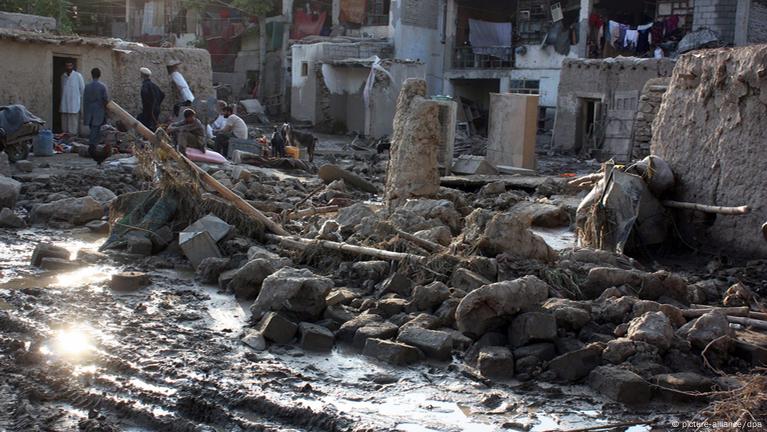RASC News Agency: In a powerful new report, the International Organization for Migration (IOM) has warned of a rapidly escalating environmental and humanitarian crisis in Afghanistan, where nearly five million people approximately 10 percent of the national population have been affected by natural disasters in the first quarter of 2025 alone. The findings, based on comprehensive data collected between March and April from over 62,000 villages across all 34 provinces, reveal a country crippled by climate shocks and abandoned by its de facto rulers. Under Taliban governance, a vacuum of institutional response, infrastructural collapse, and systemic mismanagement has allowed these disasters to evolve into a national emergency.
According to the IOM, more than 175,000 people were displaced within the country during this period, with nearly 80 percent forced to flee their homes due to climate-related emergencies, including drought, torrential rains, severe flooding, and an unseasonably brutal cold snap. Beyond this, an additional 396,000 people were compelled to migrate, including over 171,000 who fled across borders in search of survival. The report paints a bleak portrait of rural Afghanistan, where climate vulnerabilities have been intensified by chronic neglect and the Taliban’s systematic dismantling of public service infrastructure. In a country already beset by deep poverty and social fragmentation, the collapse of environmental preparedness and governance has proved devastating.
One of the most alarming statistics is the lack of access to clean drinking water. More than 44 percent of surveyed villages reported no access to safe water, while in over 80 percent of rural areas, water delivery infrastructure was either severely damaged or entirely non-functional. Similarly, 39 percent of rural communities were found to be without any access to health services, leaving millions exposed to waterborne illnesses, malnutrition, and untreated medical conditions. “Afghanistan is being battered by climate catastrophes while the Taliban regime watches in silence, preoccupied with silencing dissent, enforcing gender apartheid, and waging ideological battles,” said a former government environmental officer, now living in exile. “This regime is incapable and unwilling to address the survival needs of the Afghanistani people.”
The IOM further warned that the environmental devastation has laid the groundwork for widespread food insecurity, noting that 47 percent of the country’s population is now facing significant difficulty in accessing adequate food supplies. This alarming statistic suggests that nearly half the population could soon face hunger, malnutrition, or famine. Despite the severity of the situation, the Taliban authorities who have dismantled or militarized technical ministries, ousted professional staff, and cut off cooperation with international relief agencies have provided no coordinated response. Their hostile stance toward international humanitarian monitoring and denial of access to affected regions has worsened the crisis.
In stark contrast to the Taliban’s apathy, the Afghanistani people continue to endure the double burden of climate disaster and political repression. Civil society organizations and displaced residents have sounded the alarm, calling for urgent international intervention to provide humanitarian aid and pressure the Taliban to open access to affected regions. Environmental and human rights experts warn that without external accountability and a comprehensive relief framework, Afghanistan could face a prolonged environmental collapse with devastating long-term implications for regional stability.
“We are not just witnessing the effects of climate change,” said one rights activist in Herat. “We are witnessing what happens when a nation is held hostage by a regime that has neither the competence nor the conscience to lead.” As Afghanistan spirals deeper into ecological and humanitarian catastrophe, the international community faces a moral imperative: to support the people of Afghanistan not through the Taliban regime, but in spite of it, and to ensure that the country’s suffering is not met with indifference.






